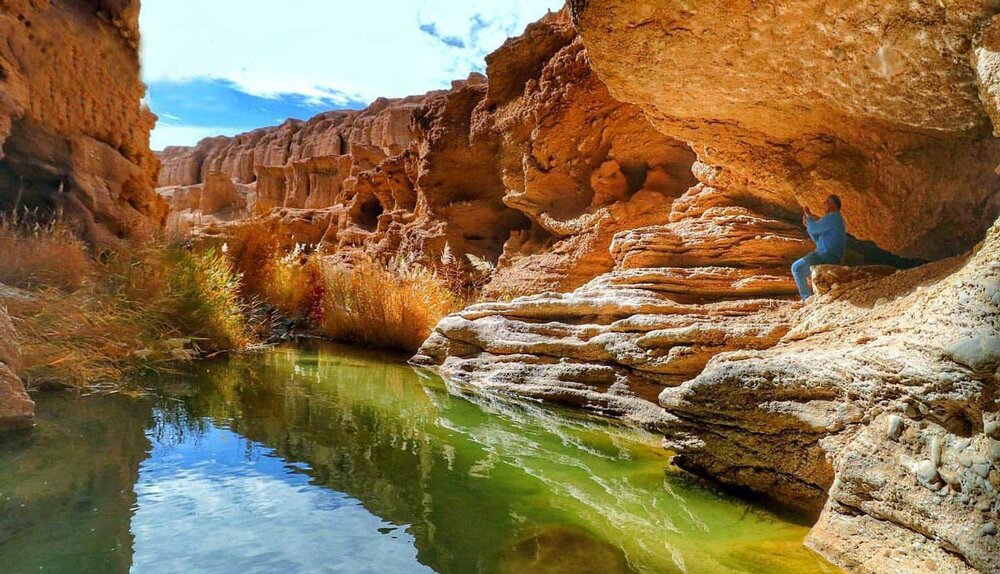Iran seeks UNESCO tag for gigantic geopark

TEHRAN – Iran has recently submitted an all-inclusive dossier on its Tabas Geopark to the United Nations Educational, Scientific, and Cultural Organization amid hopes to win a UNESCO status for the gigantic landscape.
After four years of hard work and developing necessary infrastructure, an all-inclusive dossier on Tabas Geopark has recently been submitted to UNESCO for possible registration of the site, Mehr reported on Sunday.
UNESCO experts are set to visit the geopark next summer to have field research, inspect and evaluate the landscape, which is situated in east-central Iran, the report said.
Situated in South Khorasan province, Tabas Geopark includes 50 geo-sites, and a variety of scenic landscapes, and untouched terrains with the mysterious Kal-e Jeni (canyon of Jinn) located in Azmighan village. Initial studies on Tabas Geopark commenced in 2011 with the task of identifying its various sites and choosing names for them.
One of the highlights of the geopark, Kal- e Jeni is still unexplored by many potential travelers and adventurers who may not even know such a wonderful attraction exists on Earth!
A geopark is a unified area that advances the protection and use of geological heritage in a sustainable way and promotes the economic well-being of the people who live there. A UNESCO definition of the global geopark is a unified area with a geological heritage of international significance. Geoparks use that heritage to promote awareness of key issues facing society in the context of our dynamic planet.
Experts believe that the majority of geoparks help promote awareness of geological hazards, including volcanoes, earthquakes, and tsunamis and many help prepare disaster mitigation strategies with local communities. Geoparks embody records of past climate changes and are indicators of current climate changes as well.
A UNESCO Global Geopark fosters socio-economic development that is culturally and environmentally sustainable directly affecting the area by improving human living conditions and the rural environment. It gives local people a sense of pride in their region, strengthens public identification with the area, and promotes a better understanding of the area’s geological, natural, archaeological, cultural, and industrial heritage.
According to the UN body, UNESCO Global Geoparks has multiple aims which included the protection and conservation of its territorial geoheritage and culturally and environmentally sustainable development of the area.
“UNESCO Global Geoparks are fundamentally about people and about exploring and celebrating the links between our communities and the Earth. The Earth has shaped who we are: it has shaped our farming practices, the building materials and methods we have used for our homes, even our mythology, folklore, and folk traditions. UNESCO Global Geoparks, therefore, engage in a range of activities to celebrate these links. Many UNESCO Global Geoparks have strong links to the arts communities where the synergy released by bringing science and the arts together can yield surprising results.”
Furthermore, one of the primary aims is to promote geoscience education within local communities and to visitors by conveying the importance of the geological heritage to students, teachers, local decision-makers, and the broad public.
AFM
Leave a Comment